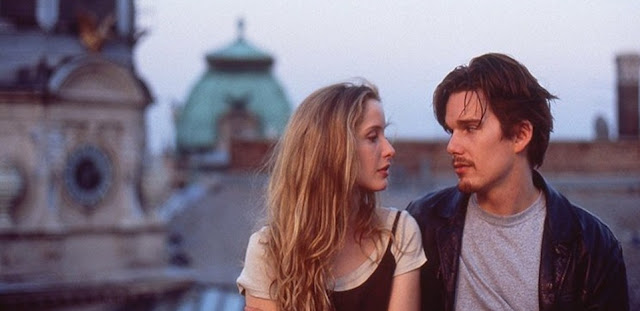Gulaal
I like the setting- the locales of Gujarat- the desert, the village lifestyle, the way of living in that village of Talsagra. I like the house itself- it is so like a thing of the past, a white palace-like bungalow. I like the terrace (marble tiled) where Gulaal comes to dry the clothes in the clothes line. I like the verandah where they dry the kitchen things (food items- chili and grains). I like the very decorum of the house- the way the furnitures are, the way every room is furnished, decorated in traditional style (typical of villages); the way they eat in plates made of brass and bronze, not steel. (Glasses too of brass or bronze). Even the way they cook in the kitchen-not with gas, but firewood and earthen ‘chulah’, sitting on the floor- the most Indian and traditional way.
Just love Gulaal’s ghagra
cholis, the bangles, green color, all ‘chunars’,
their turban, and the kurta pajamas.
I like the flashbacks, how the past plays an important role
in the serial, the memories, the nostalgia and the missing of the old days. I
like the very presence of letters- how Kesar reads them missing the days of the
past- happy childhood he had spent with Gulaal. Every character in it has a
charm of its own. Even Vasant- who is dead, present just in memories and the
photographs, circles round the lives of the characters. The intricacies in
relationships are very touching and close to my heart- it’s a kind of feel that
one gets in any R.N. Tagore story. Every tune, every silence, every gaze speaks
millions.
Some of the episodes that I really liked: towards the
starting of the serial, when Vasant and Gulaal finally discover water from
underground; the ‘ghiar-wattu’
episode in which Gulaal marries young Kesar (8 years younger than her) instead
of Dushyant; the comeback of Kesar after 10 year leap; the episode in which
Gulaal drowns and Kesar saves her; and then the episode when Gulaal suffers
from high fever and Kesar takes care of her inspite of his unrelenting anger-
that was so touching.
“Gulaal- Zindegi ke har rang”---‘Colors of Life’










Comments
Post a Comment